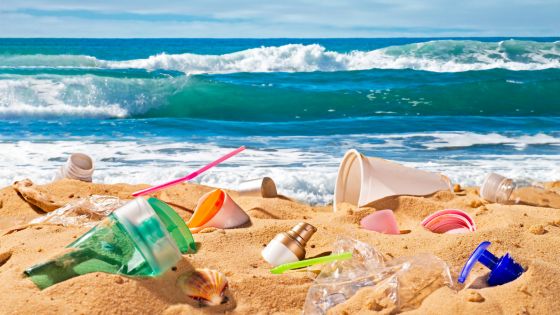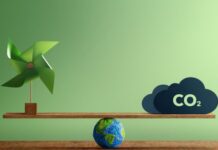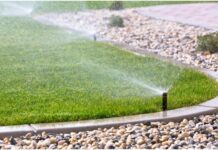Plastic waste is a big problem these days. There is a lot of plastic on our planet, and it keeps increasing every year. It’s become so bad that we can even find tiny pieces of plastic, called microplastics, in fish. But don’t worry, scientists are working hard to solve this problem.


Type of plastic
Plastic comes in different types, and each type has a number to help us identify it. This numbering system helps us sort and recycle plastic more easily. It’s like labeling things to make them easier to organize.
Here are examples of different types of plastic and their applications:
- PET (Polyethylene Terephthalate): Beverage bottles, cosmetic containers.
- HDPE (High-Density Polyethylene): Containers, bottle caps, grocery bags.
- PVC (Polyvinyl Chloride): Window frames, blister packaging, pipes.
- LDPE (Low-Density Polyethylene): Plastic bags, transparent film, household chemical packaging.
- PP (Polypropylene): Bottle caps, buckets, lens packaging, reusable utensils, super sacs can be recycled.
These are just a few examples of plastics and their associated products. Remember, proper sorting of plastic helps in its recycling and reducing plastic waste.
Recycling plastic waste
Plastic can be recycled and used again. We take plastic waste, like bottles or sheets, and turn them into small plastic grains called granules. These granules are made from special materials called polymers, which come from things like oil or natural gas.
We use these granules to make new plastic products. For example, we can make new bottles from old ones. This way, we not only get rid of plastic waste but also save natural resources because plastic is something we can make again and again.
The process of recycling plastic scrap is like giving it a second life. We take the plastic waste, break it down into granules, and then use those granules to make new things like buckets, bags, or bottles. It’s like giving old plastic a fresh start.
By recycling plastic, we help keep our streets clean and protect the environment. We also save resources because we don’t have to keep making new plastic from scratch. It’s like giving nature a little break.
So, the next time you see plastic waste, remember that scientists are working to recycle it and give it a new purpose. By recycling plastic, we can help make our planet a cleaner and greener place for everyone.
I hope this article helps you understand the importance of recycling plastic. If you have any more questions, feel free to ask!






















